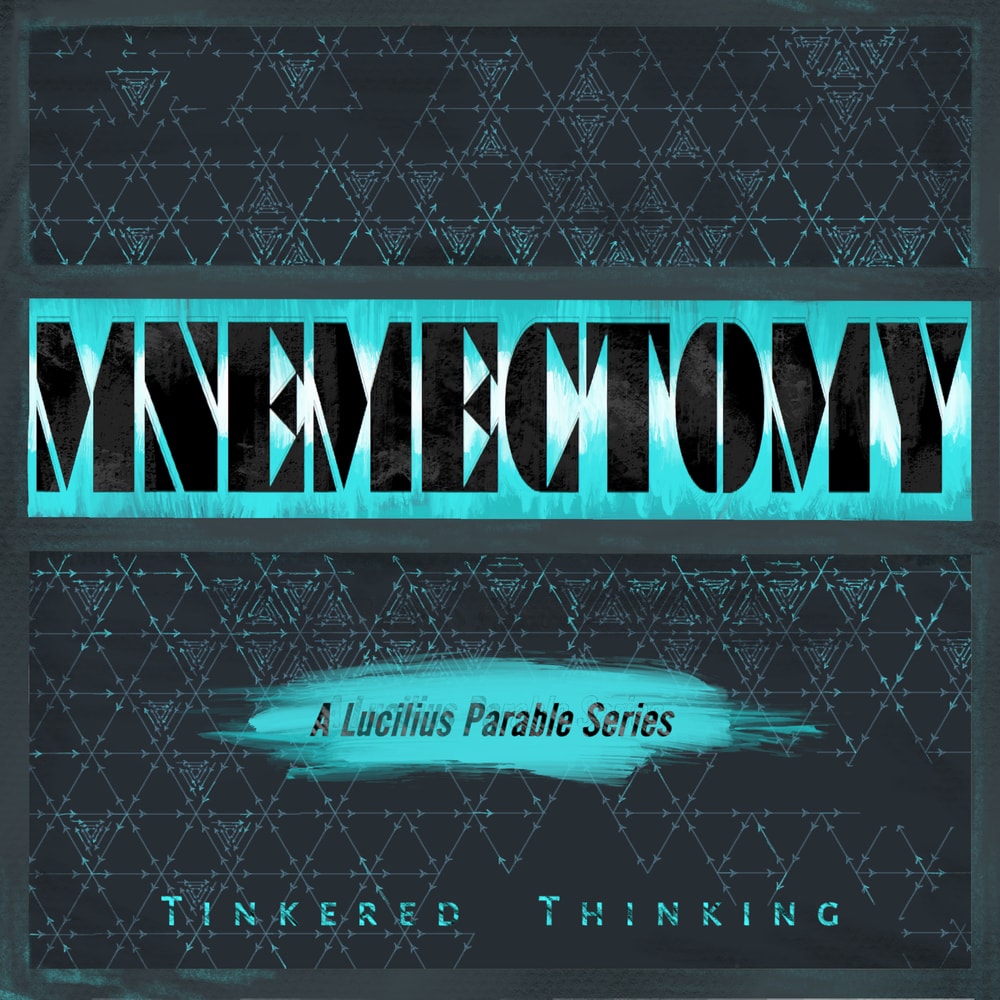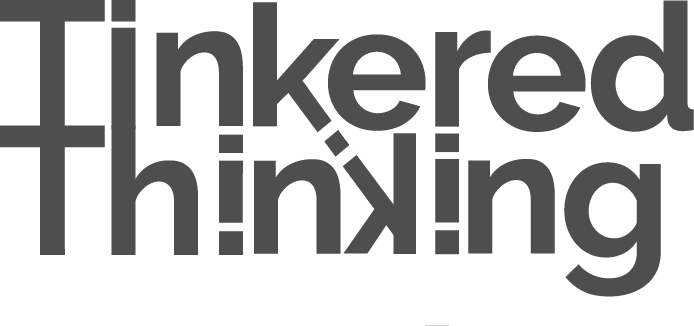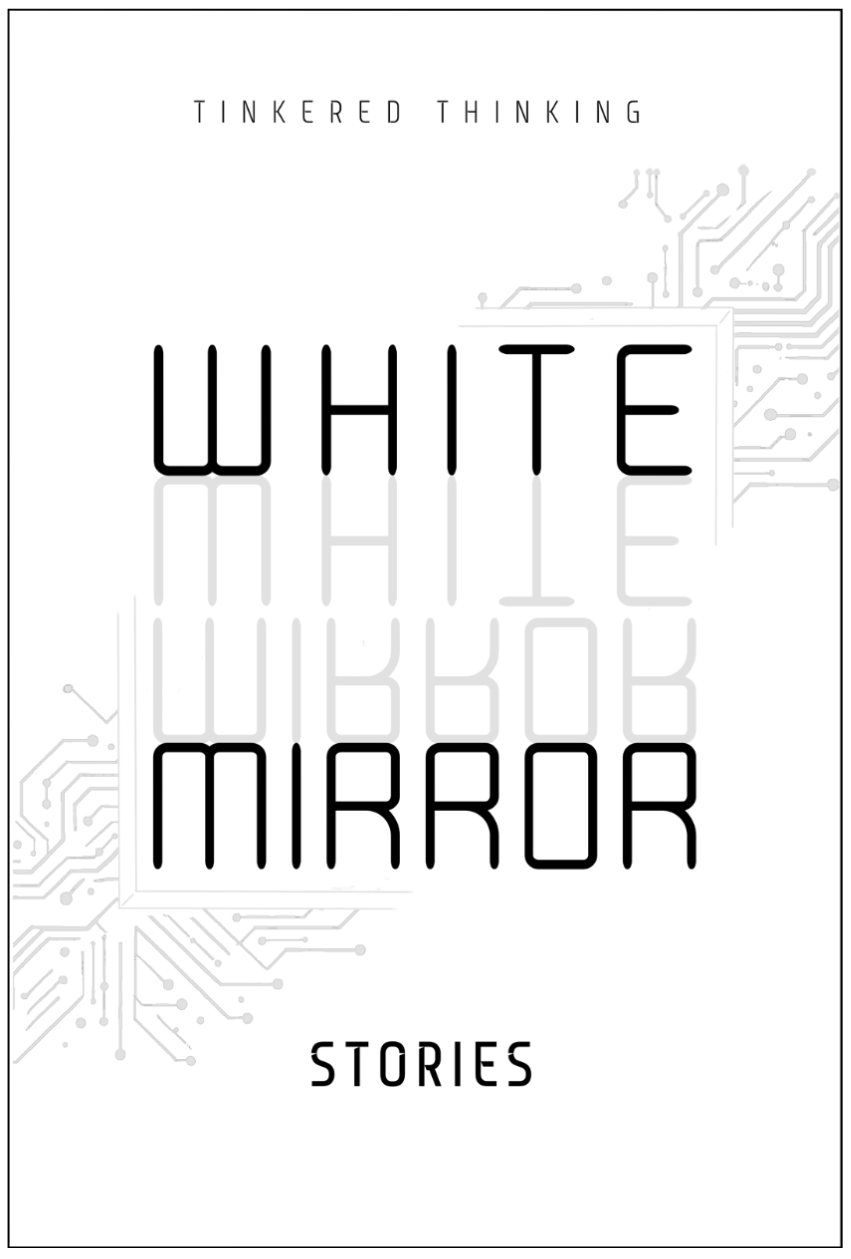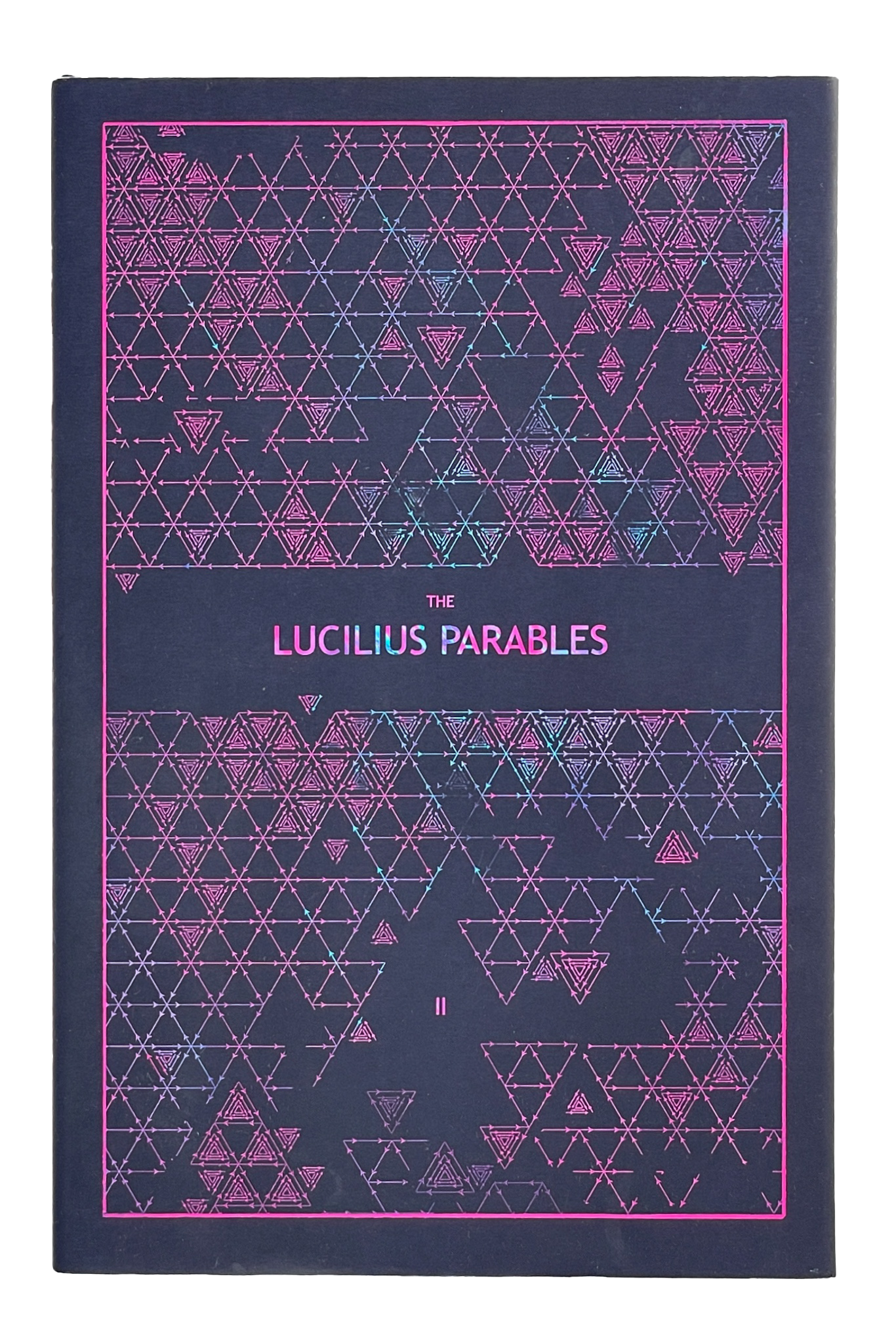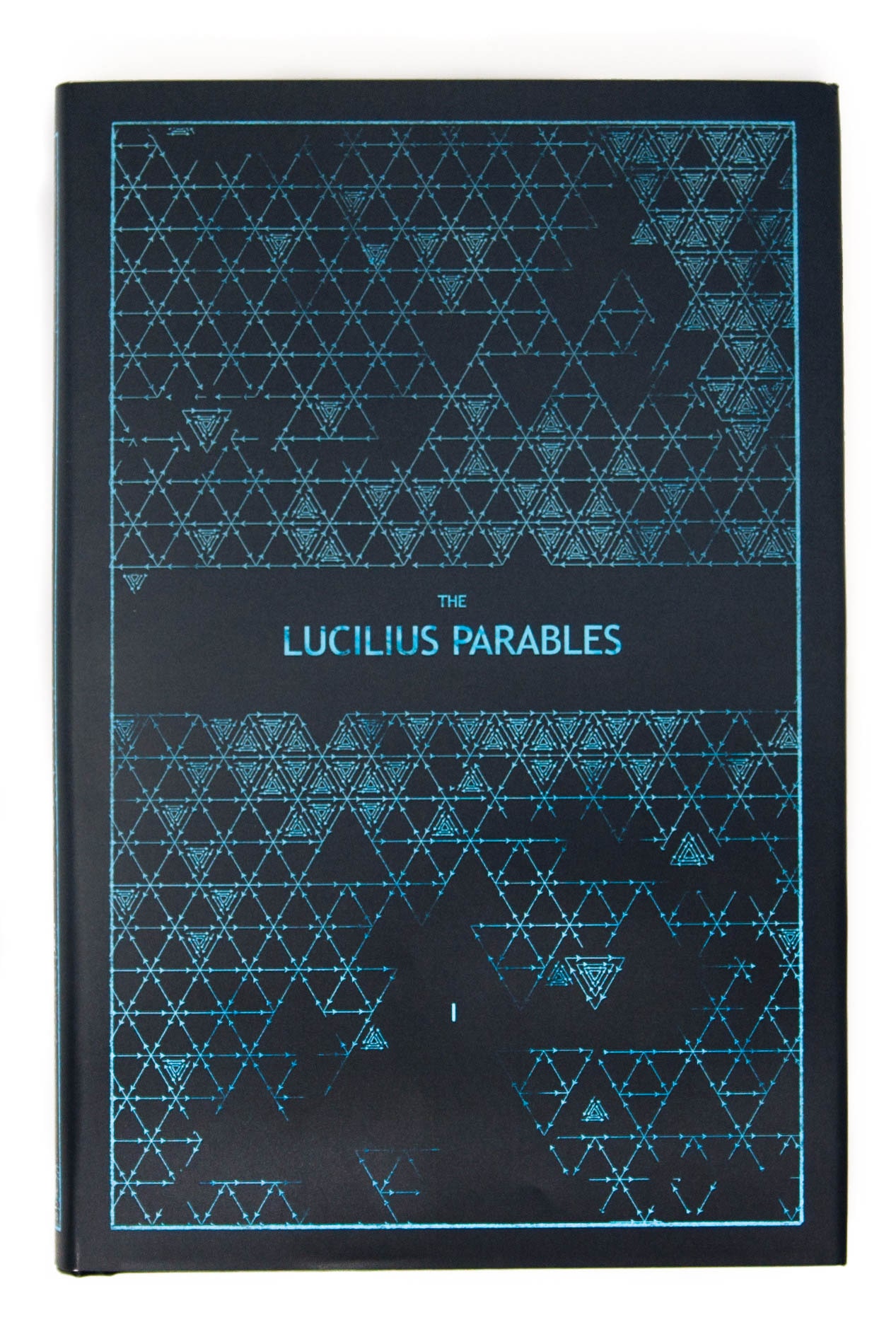Daily, snackable writings to spur changes in thinking.
Building a blueprint for a better brain by tinkering with the code.
subscribe
rss Feeds
SPIN CHESS
A Chess app from Tinkered Thinking featuring a variant of chess that bridges all skill levels!
REPAUSE
A meditation app is forthcoming. Stay Tuned.
RUBIK'S CUBE OF PERSONAL CHANGE
November 25th, 2022
It is possible to solve for all sides of a Rubik’s Cube simultaneously, but this is by far the most difficult way to figure it out. What is easier and more common is to solve for one side first, and then build on that success. But as every kid knows, there’s an obvious conundrum: Any attempt to solve another side of the Rubik’s Cube will ruin the solved side.
Personal change can be just like this. Success in one aspect of life can require messing with the success of another area. This might be the rule for progress in general. Coding for example often requires refactoring and rebuilding old code to account for new features and new needs. Or take something like painting and art. It can feel great to draw a perfect hand, but if it’s in the wrong place relative to the rest of the body, then it must be erased and redrawn.
My old painting mentor had a catch phrase for just this sort of situation:
Murder your darlings.
Much of this process can feel unfair, and make is seem like everything is part of a tradeoff. But this is a conclusion based on a short term perspective.
If the lessons of solving one side of the Rubik’s Cube can be remembered and imported to the other dimensions (literally in the case of a cube), then the appearance of initial progress isn’t ruined, it is reformed. This is about an evolution of thinking as knowledge is improved. In order to solve a second side of the Rubik’s Cube, the method for solving the first side must be reinvented to account for the second side. The results of initial success need to be recreated with a larger context.
That same statement works well with personal change: Optimizing for one area of life often requires deconstruction and reconstruction in relation to a larger context that now includes optimizations or just plan old life changes in another area.
When it comes to a Rubik’s cube, the patterns required to make more and more progress become more and more complex and this carries over to life in general. Very few people are firing on all cylinders when it comes to all areas of life. Often people resort to a trade off: one or several areas of life are effectively ignored and sacrificed in order to make sure other areas of life are well attended to. The thinking for improvements across the board has to become more and more integrated, and created, and as a result it can look more complex, but the results often look simple and smooth. Optimizations in areas like health can make improvements in other areas of life easier, for example.
The lesson of the Rubik’s Cube is simple and twofold:
One is simply don’t give up. It can be a nervous affair to realize that initial success must be effectively destroyed in order to make further progress.
The second is that many things that we think are tradeoffs can be reformatted into relationships that seem magical: like having your cake and eating it too.
It’s just like the final moves of a Rubik’s Cube when everything suddenly… falls into place.
-compressed.jpg)
